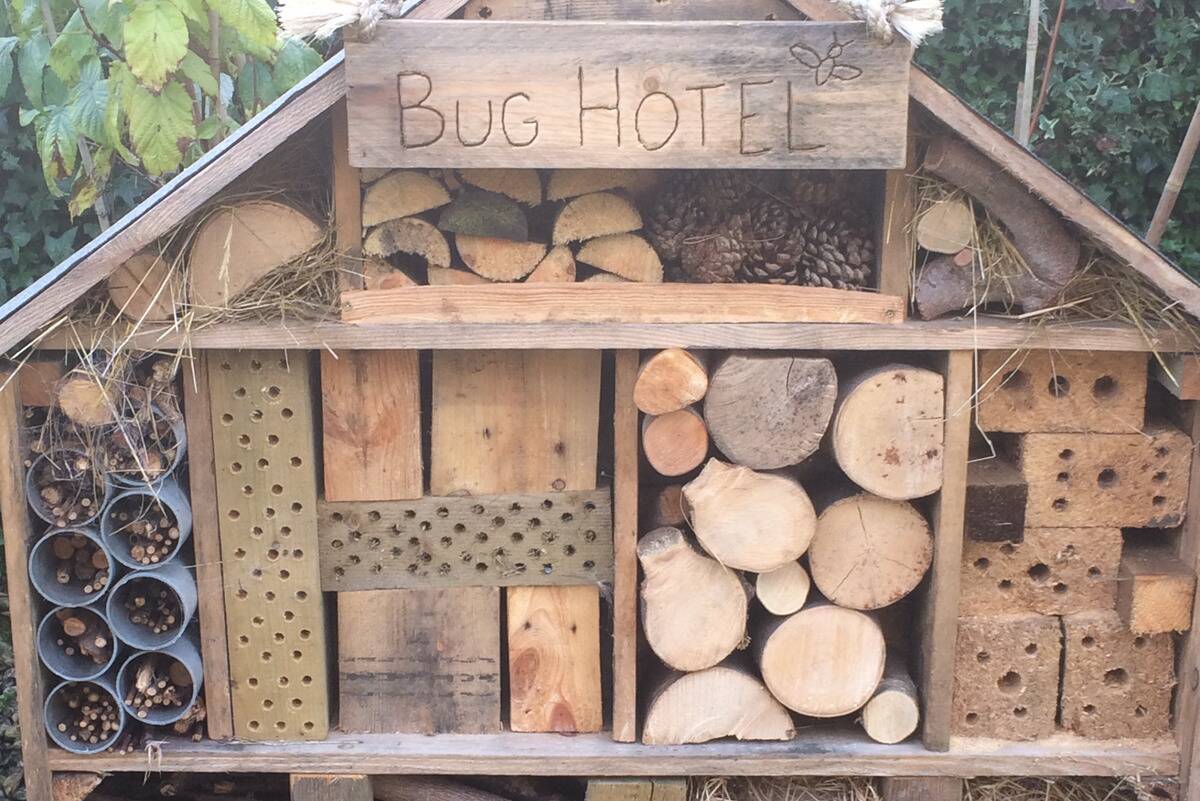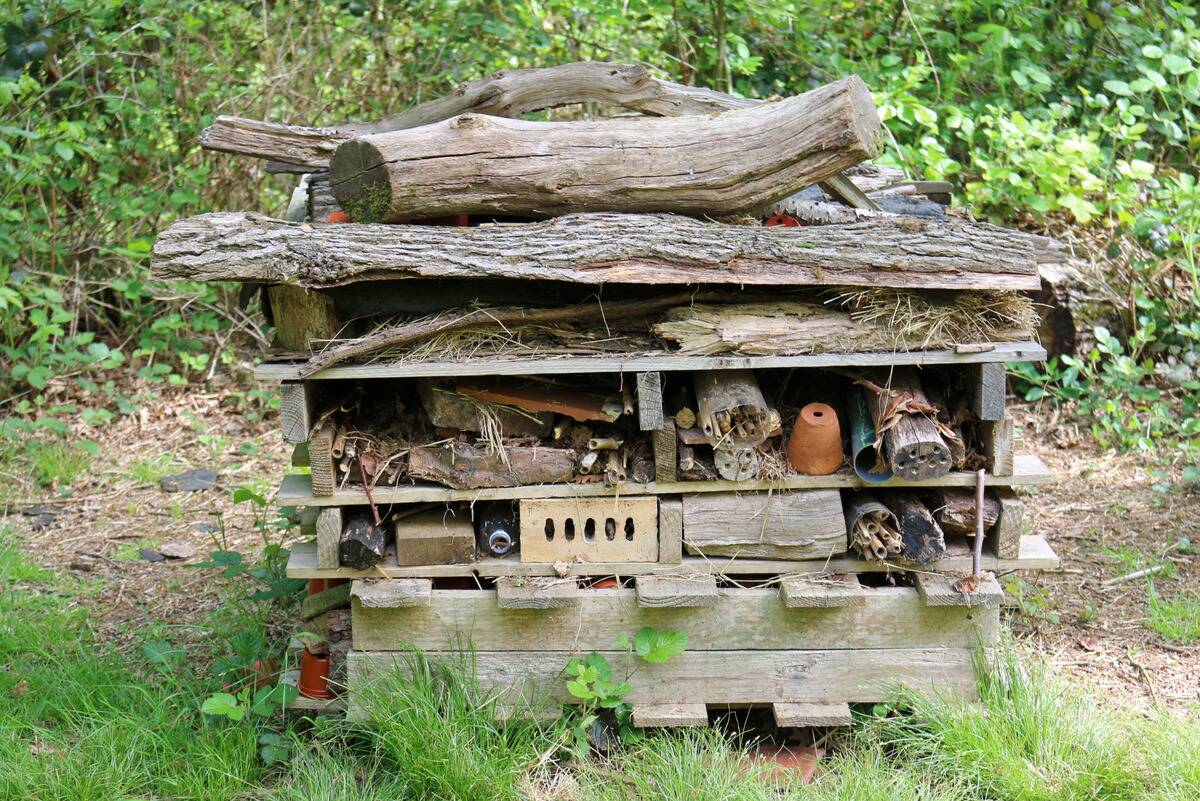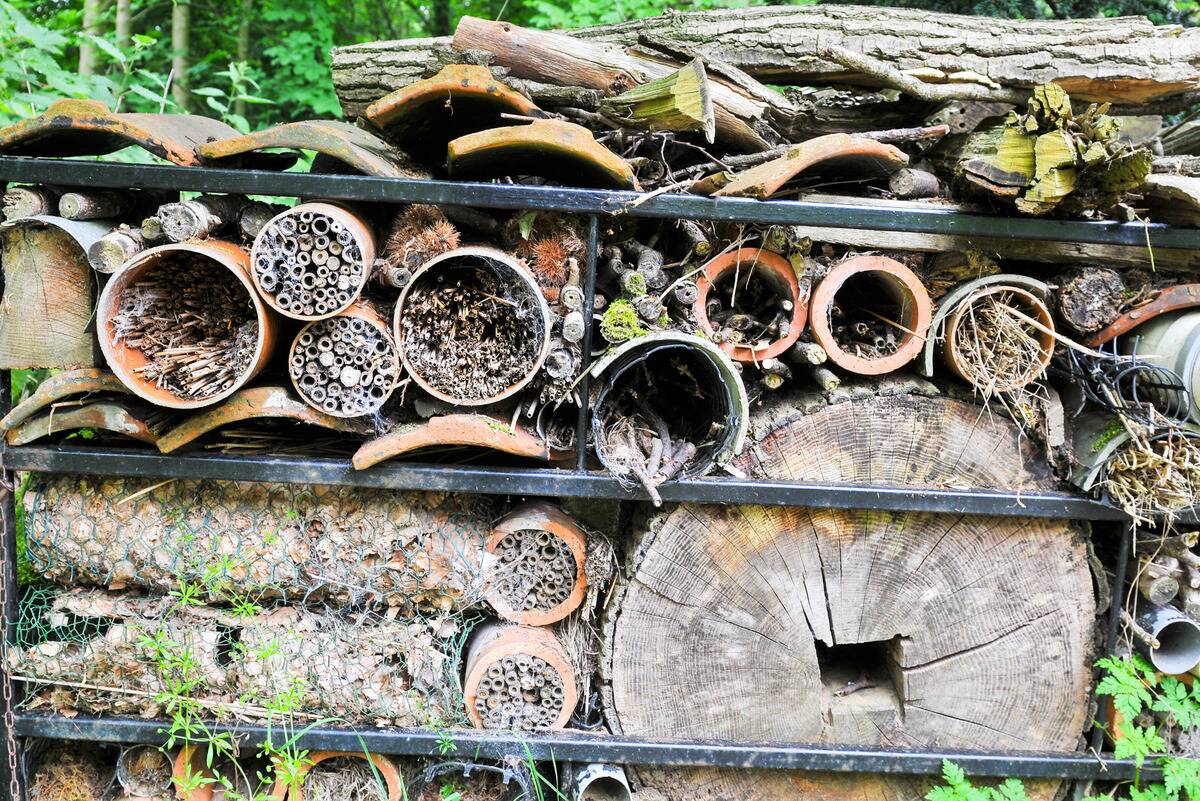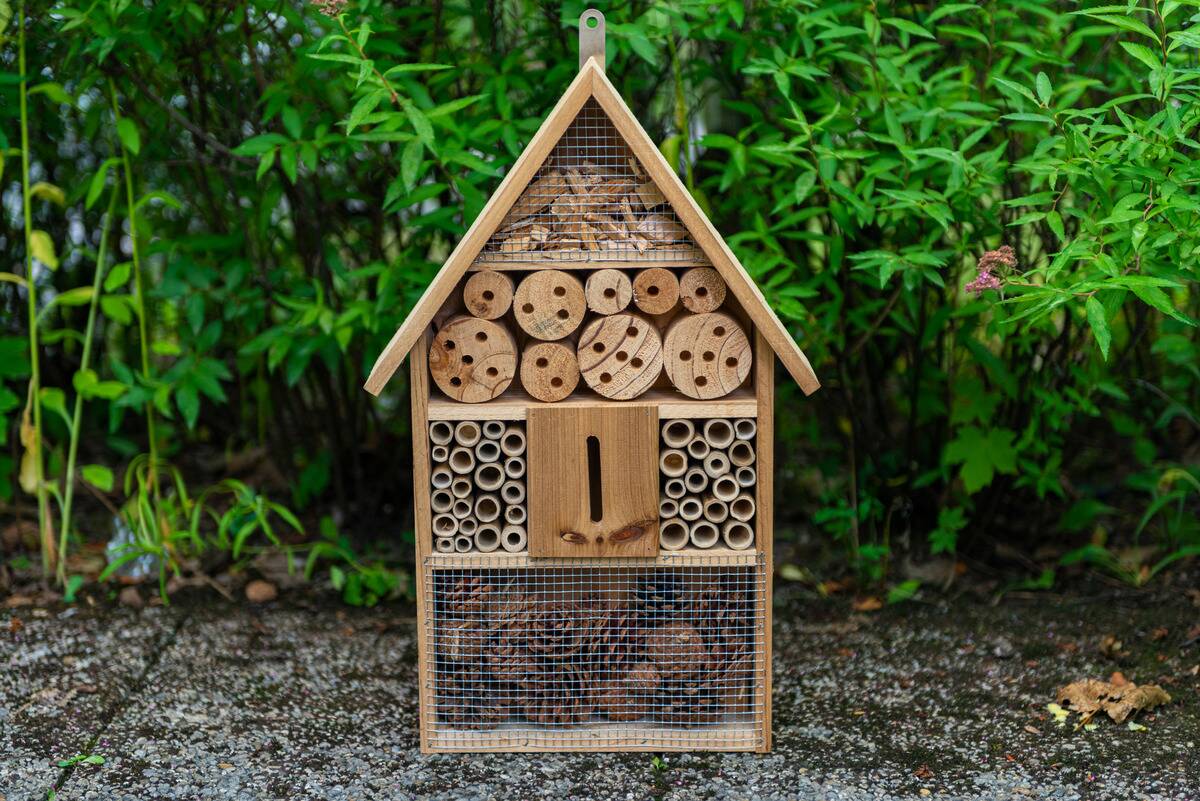Create a Bug Hotel to Help Your Pollinators Thrive
Pollinators like bees, butterflies, and beetles are the unsung heroes of your garden. They help plants reproduce, support healthy ecosystems, and play a big part in growing healthy fruits, vegetables, and flowers. But with their habitats shrinking and pesticide use on the rise, these helpful insects need a safe place to rest, nest, and ride out the seasons. That's why more and more people are setting up bug hotels, and building your own is a lot easier than you might think.
What Is a Bug Hotel, and Why Should You Build One?

A bug hotel (also called an insect hotel or insect house) is a man-made shelter that mimics the natural places where bugs like to hide, like hollow stems, bark crevices, and leaf piles. It gives single pollinators a safe space to lay eggs, overwinter, or just take a break.
Unlike hives for honeybees, bug hotels mostly support wild solitary species, like mason bees and ladybugs, which don't form colonies but still play a big role in pollination and pest control. Bug hotels help these species continue to survive, even as they lose more or their natural habitats.
Choosing the Right Spot for Your Bug Hotel

Location matters. To attract the right bugs, find a sunny, dry, and sheltered spot. Ideally, your hotel should face southeast so it gets morning sun. This warms the insects up and helps them get active early in the day.
Avoid low, damp areas or placing the hotel directly on the ground. Putting it on a small stand or attaching it to a wall or fence a couple of feet off the ground can help keep both predators and moisture out.
What to Include in Your Bug Hotel

Different bugs like different materials, so variety is important. Here are some common "room types" for your insect guests:
Hollow stems or bamboo canes for solitary bees
Drilled wooden blocks for mason bees and leafcutter bees
Pine cones or bark for beetles and ladybugs
Dry straw or rolled cardboard for lacewings and moths
Clay or mud for mason bees to build with
Dead wood for beetles and fungi-loving insects
Stack them in small compartments or bundles, like little bug apartments. A wooden frame or recycled wooden box makes a great base to hold all the different 'rooms.'
Keep It Natural and Avoid Treated Materials

Use untreated wood and natural materials whenever possible. Pressure-treated lumber and paint may release toxins that repel or harm insects. Let it look a little rustic—that's what the bugs prefer anyway. And if some parts start to decay naturally? That just makes it more authentic and homey to them.
Maintenance Tips and Seasonal Care

While a bug hotel is largely hands-off, giving it a little seasonal care can keep it thriving:
-In late winter or early spring, check for moldy or soggy materials and replace them.
-Avoid disturbing occupied nests, especially during colder months.
-Every couple of years, refresh the materials inside to prevent pests and parasites from taking over.
It's also good practice to keep the bug hotel dry and with good air flow to stop rot and fungal growth, which can harm your helpful bug friends.
A bug hotel isn't just a fun backyard project, it’s a way to support the health of your garden and the environment. Plus, it’s a great learning tool for both kids and adults. By offering a safe landing place for pollinators and other beneficial insects, you’re helping to support nature at what it does best. Your insect tenants will thank you!





